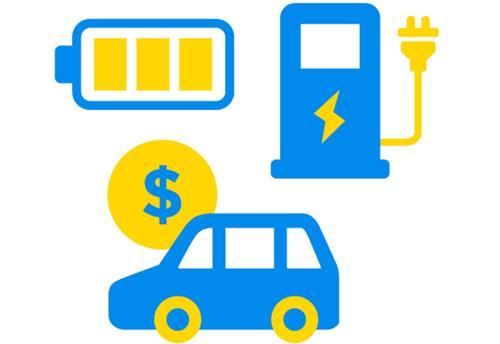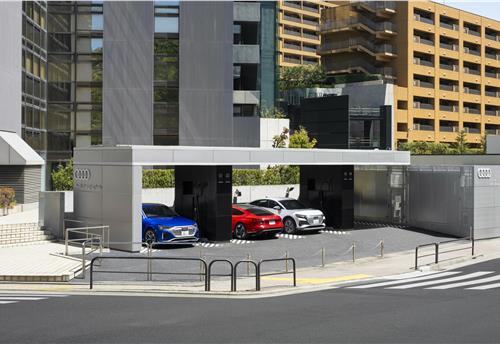Revealed: Rupert Stadler’s plan to help Audi reach 60 models by 2020
Audi wants to increase sales to two million per year by 2020, by which point it also wants to have 60 models in its range.
Back in 1998, Audi sold 619,030 cars across five model ranges: A3, A4, A6, A8 and TT.
Sixteen years later, the company has almost trebled in size, selling 1,741,100 cars across 12 ranges in 2014. Factor in different bodystyles and performance versions and it adds up to more than 50 distinct models. That’s some growth.
Between the bookends of the sales figures are other large numbers that help explain Audi’s rise: huge growth in markets such as China and North America, an expansion of production facilities into 10 countries and profits totalling £3.34 billion (Rs 32,875 crore) in 2013.
Drill further down into the numbers and it really starts to get interesting. In 2007 – the year current chairman Rupert Stadler came to power – Audi sold 920,846 cars. In the seven years since, Stadler has come close to doubling Audi’s size. Seven years, don’t forget, that included a global financial crisis. He’s a man with a story to tell.
I meet the 51-year-old Bavarian in an interview room above the Detroit motor show on a day when he unveils the replacement for Audi’s original Q model, the Q7. Stadler appears remarkably relaxed for someone with such a large in-tray, although the record 2014 sales, a 10.5% rise on the 2013 figure, announced two days before we meet, go some way to explaining his smile.
Audi wants to increase sales to two million per year by 2020, by which point it also wants to have 60 models in its range. This will be underpinned by €22 billion (Rs 168,168 crore) of investment from parent company Volkswagen.
Stadler maintains that growth at Audi is not for growth’s sake, insisting that there is a clear strategy. “Audi is on a quality path,” he says.
He reflects on 2014 as the year when Audi “prepared the next quantum leap in new technology and growth”. He refers to the new digital dashboard in the TT as the start of a new generation of interiors for Audi’s cars and speaks passionately about autonomous technology, which Audi is championing through an autonomous RS7 concept that has lapped Hockenheim almost as quickly as a professional race driver and driven from San Francisco to Las Vegas. He says: “Things like this give us confidence and power internally.”
Stadler reveals that autonomous technology is “being prepared” as an option on the 2017 A8, although “any serious production ambitions will have to mean talk with law makers”.
Although autonomous cars are unlikely to play a huge part in Audi reaching its 2020 sales goal, one model that will is the Q1 compact SUV, which has been confirmed for launch next year. Beyond that, Stadler says there are more growth opportunities with Audi’s traditional A cars, as well as the Q SUVs.
He says: “We want to conquer new customers. The Q1 in mid-2016 will bring us volume growth. The A1 has been really successful at this also.” Stadler says Audi is working on new cars around and between the A6, A7 and A8 models, “the real premium class that has to be conquered with new and attractive models”. He adds: “There is room for more sporty models in these segments, and more Q models.”
Don’t expect an Audi smaller than the A1, though, or indeed one larger than the A8. “The A8 is still the crown,” he says “We’ll work on everything between the A6 and A8.” And the oft-rumoured A9? He’s “fine” with the A8 as the range-topper.
With so many new models planned, I ask Stadler if there is a danger of Audi running out of names, highlighting the fact that Fiat/Alfa Romeo owns ‘Q2’ and ‘Q4’. “There’s a little bit of discussion [on the Q2/Q4 names]...” he reveals. “There’s always a solution. The Q7 was Nissan’s... don’t worry.
“It’s not about the quality of the names you create. It’s more important that you define hierarchy. With the Q models, A3/Q5 define the hierarchy. A1, A4, A6 – these names define hierarchy. At least Audi has a very clear picture. Look at the SUVs: it’s clear you can define price and size. The most important thing is simplicity and clarity.”
I put it to Stadler that many of these new models, particularly smaller ones such as the A1 and Q1, are challenging the perception of what a premium car now is.“A premium car used to be big, and we changed that with the A3,” he says. “All competitors followed. We conquered again with the A1 and did it in the right way. When the customer opens the door of an A1, it has the Audi look and feel. Premium is not a question of size. It is a question of appearance, and now it is also one of connectivity.”
Connectivity relates to the drip-feed of technology from the bigger models to the smaller ones. “The A1 was the first small car with a wi-fi hotspot,” Stadler says. He also expects the TT’s digital dash to appear across the whole range and eventually for autonomous technology to be available to the masses.
With such a large investment planned in new models, Stadler has overseen a reshuffling of the Audi management board. Development chief Ulrich Hackenberg has been recalled from Volkswagen, and he has appointed VW colleague Marc Lichte to oversee design.
The key new appointments are understood to be in response to two criticisms of Audi models: that they all look the same and drive without panache. Hackenberg and Lichte have also been chosen to ensure Audi remains on that quality path.
Indeed, so trusted are Audi and Hackenberg that the huge investment – with another €2 billion (Rs 14,764 crore) set to be released on top – includes platform development for the whole VW Group.
“Lichte and Hackenberg are a dream team,” says Stadler. “They’ve been working closely together for years. Hackenberg is a very well-known person in Audi family. If you invest billions, you need the right people behind it to select the right design and technology.”
Stadler says Audi doesn’t “need a revolution” and the expansion in the range is a “logical need to move to the future”. The firm has no intention of standing still, in other words.
Some of the investment will be spent on new powertrain development, with several new technologies having the potential to break through over the coming years.Stadler confirms that the next R8 will be the first Audi model to have an electric-only version. Apart from that, the firm will stick with plug-in hybrids like the A3 e-tron until 2018, launching one a year. The Q7 is next to get a plug-in hybrid option.
“We clearly said phase one would be plug-in hybrids, with the benefits of a 50km EV range, low CO2 and a 900km range. It’s perfect,” he says.From 2018, phase two of Audi’s EV strategy will start, and Stadler confirms that Audi will introduce a “very emotional model with a 400-450km range. This is a must. It is what we’ve designed.”
Hydrogen technology remains in development and Stadler still sees a future for diesel, despite rising development costs to further improve efficiency and noises being made about future legislation turning against it. He says: “Diesel is the performing drivetrain we have. It has power and torque and is efficient. There is no reason to penalise diesel engines. But society and customers will tell. If the customer now wants a plug-in, it’s available.”
Meanwhile, performance RS models will diversify to encompass more SUVs. Stadler, who drives an RS6, says: “RS is very important. The code of Audi is very clear: you need sporty cars.
“In the future, how does the customer define ‘sporty’? The Q segments have big potential. We have the SQ5. Today, it’s a hot seller. Why not go for more?”
Audi’s expansion is ongoing at a time when every major car maker must cut its fleet CO2 average to 95g/km by 2020 or face heavy fines, something that Stadler describes as “brutal”. He adds: “You need strong financial power and confidence to meet it. Only the best will make it.”
The reference to “the best” hints at the other thing that Stadler has to worry about: German rivals BMW and Mercedes-Benz. He says he “loves the competition. There is always pressure on us. This makes us strong and competitive”.
Perhaps it is this rivalry more than anything that drives Stadler and Audi to keep on expanding. As the old saying goes, if you’re standing still, you’re actually moving backwards. With Stadler at the helm, this isn’t an accusation that you ever could justifiably level at Audi.
RELATED ARTICLES
Visteon opens high-tech automotive testing lab in Bulgaria
The facility, which is equipped with cutting-edge technology and houses over 70 highly skilled engineers, expands the co...
Honda to invest $11 billion in building EV value chain in Canada
In line with its plan to set up an environmentally responsible EV and battery plants in Ontario, the Honda EV value chai...
Audi opens its first EV charging hub outside Europe in Tokyo
The compact Audi charging hub has two charging stations with a total of four fast-charging points featuring CHAdeMO char...





 24 Feb 2015
24 Feb 2015
 3134 Views
3134 Views



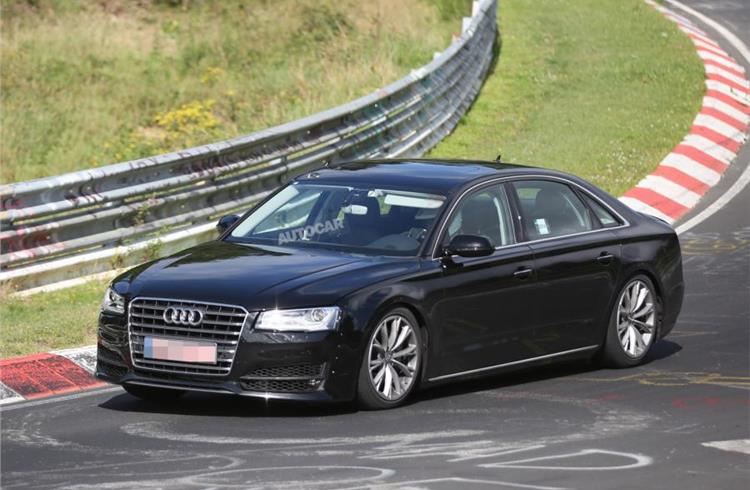


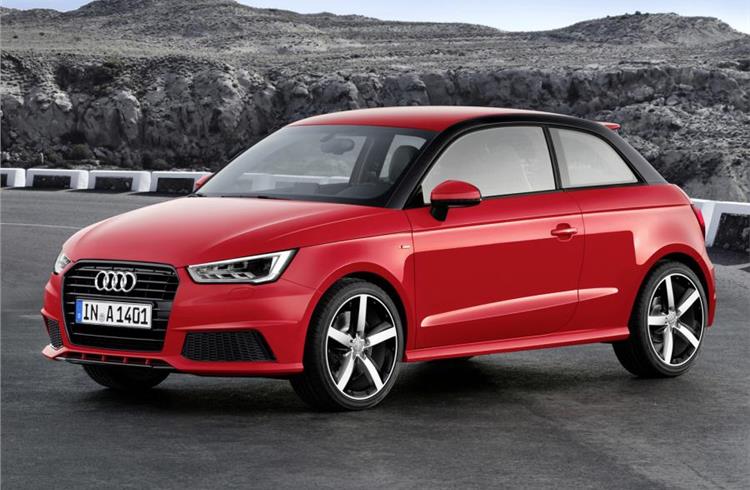

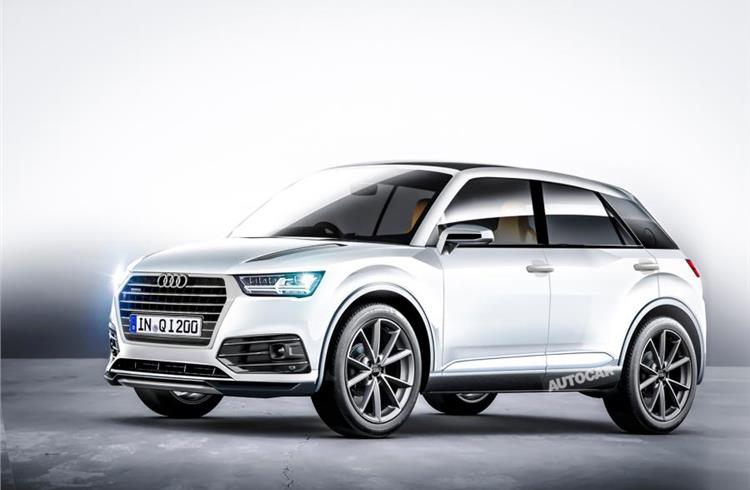
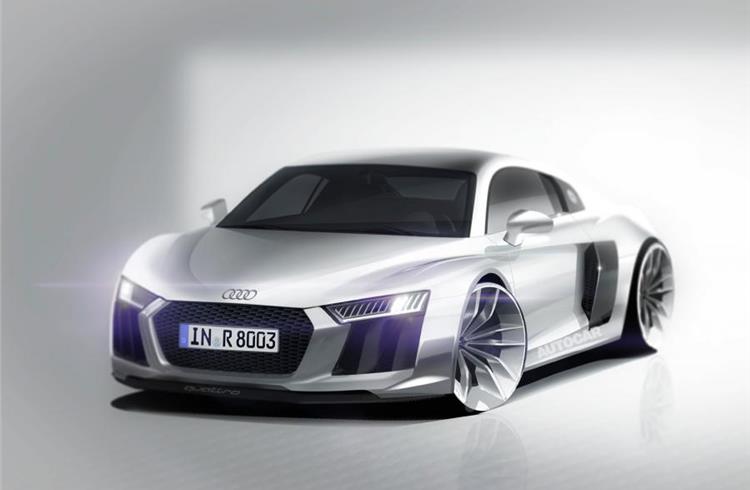
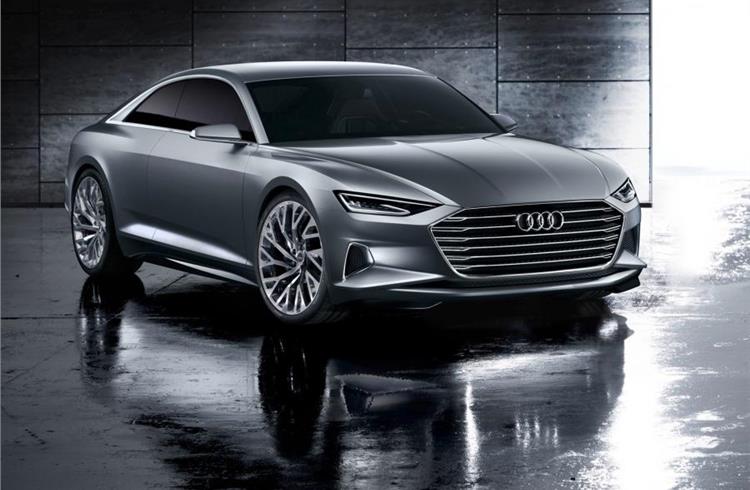


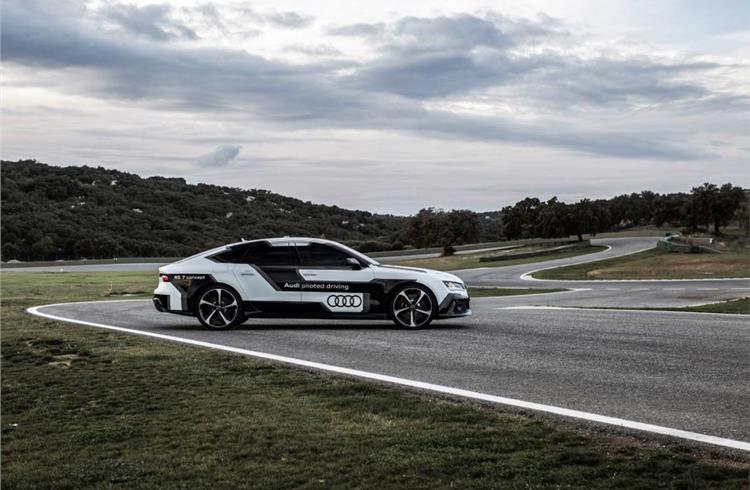

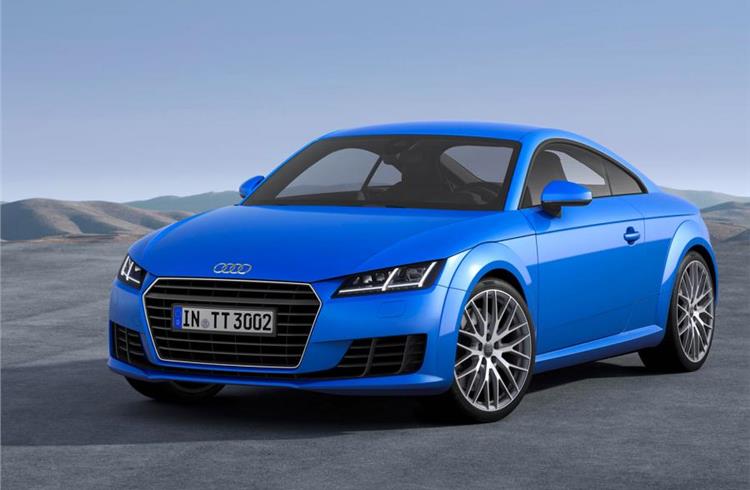
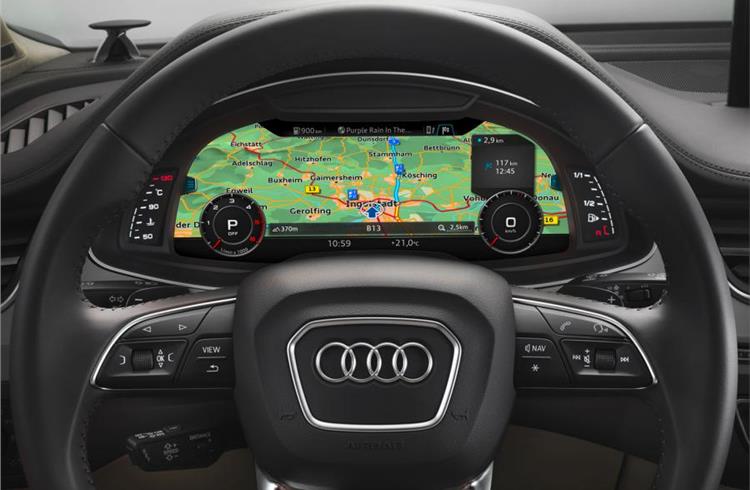
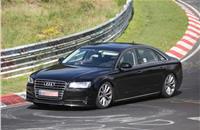

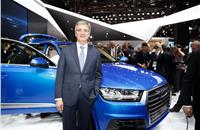

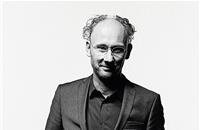
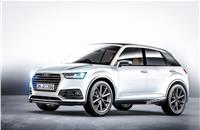
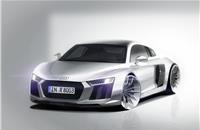
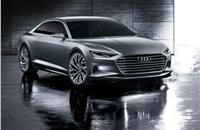
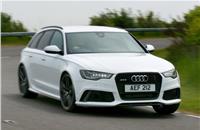

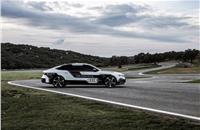
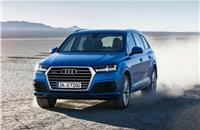
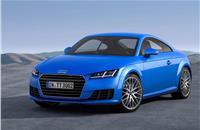


 Autocar Pro News Desk
Autocar Pro News Desk

